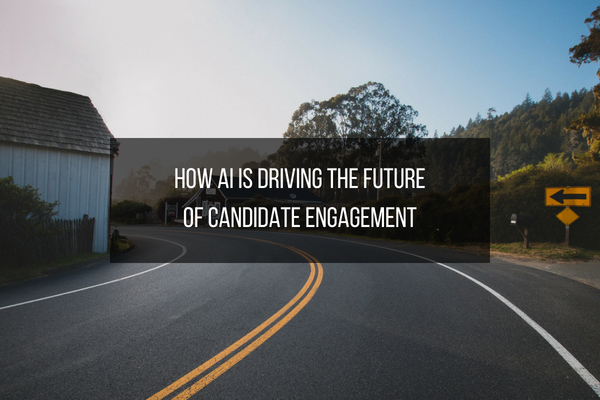The current tech hiring market (as well as other industries) is increasingly complex. You are seeing more open roles — companies are hiring more, which is great — but there’s also more candidates on the market (often times as many as four-five generations). Candidate engagement, or the process of communicating effectively with and ultimately wooing the best candidates possible, has become increasingly important. For a long time, it felt like that term was lip-service — but now employers are increasingly conscious of their employer brand within the marketplace (i.e. do people actively want to work for you?) and their candidate engagement process (i.e. are people so frustrated with how you moved them through a hiring process that they’re actively trashing you to others?).
Tech hiring in urban areas is often a bubble. The best talent is coveted by multiple organizations to finish road map-tied projects in a timely manner. If your candidate engagement is poor, others will know — and quickly. The talent talks to each other. They share experiences. You won’t be able to get the people you need if everyone knows you’re a terrible, time-consuming, low-context hiring process. It’s time to fix this. It was actually time a while ago.
How AI can help
Lots of discussion and fuss about AI in the talent acquisition space these days, and with good reason. In terms of candidate engagement, it helps a great deal. Some of the bigger ways:
Automation of repetitive tasks: These take up to 20% — and in some studies as high as 60% — of a recruiter’s time. You know the drill: screening, interview scheduling, conference room booking, and other logistical tasks. These are no doubt important, but they don’t need to be consuming human time. Machines can do these jobs. This frees up the actual human recruiters to work on uniquely human aspects of candidate engagement, i.e. explaining the role, meeting for coffee, going to networking events and finding proactive candidates to slot in when headcount is approved, etc.
Accuracy and consistency: Humans make mistakes. They just do. Some situations with rescheduling and multi-day interviews can become complicated, and balls can get dropped. Candidates or hiring managers may show up to the wrong place at the wrong time, and frustrations rise pretty fast. When you use AI for the scheduling-driven tasks, you ensure accuracy and consistency. You’re reducing human error. You’re thus removing the potential emotions of frustration and annoyance from the process, which ultimately benefits the recruiter-hiring manager relationship and the recruiter-candidate relationship.
Communication: You can automate early-stage (top of hiring funnel) communication and even introduce chatbots and similar tools to respond to FAQ-style questions from candidates. On virtually every survey about candidate experience conducted in the past half-decade, one of the three largest complaints from candidates is about poor — or completely non-existent — communication. That’s easier than we believe it is to fix. And if you’re automating a lot of the scheduling tasks as noted above, your recruiters should have more time to over-communicate the progress of a search to different candidates.
Screening/candidate evaluations: AI/machine learning programs can help with screening and, gradually, come to understand what makes a quality hire within your organization. This reduces time-in-pipeline. While time-in-pipeline isn’t always explicitly tracked on balance sheets, it’s a big cost. Most work projects these days are based on road maps, which means “A” needs to occur before “B” and “C” can, and so on. If you have a long time-in-pipeline, “A” is starting later, which means every following road map project has to be pushed back, and now budgets are affected.
Overall
From a metric standpoint, companies that have begun embracing AI at the top of the hiring funnel are seeing reductions both in time-to-hire (noted above) but also cost-per-hire, and the latter is a data point often tracked by the executive team. HR and TA are powerful forces in modern organizations, but to make sure you’re fully respected by those with the most authority, you absolutely need to be hitting your cost numbers. Without that, executives can simply dismiss you as a cost center. With AI in place, though, you can make your numbers and dedicate some of that scheduling/screening time back into true strategy for talent acquisition. In short: check less boxes and do more value-add work. A win-win, right?
Authors
Deepti Yenireddy is the Founder and CEO of My Ally, the makers of Alex, an AI recruiting assistant. Prior to starting My Ally, Yenireddy was an investor at USGT Investors and Oppenheimer Funds. Yenireddy, who began her career as a Petrophysicist and Field Engineer at Shell and Schlumberger, studied Electrical Engineering at the Indian Institute of Technology, Madras and resides in San Jose.
Recruit Smarter
Weekly news and industry insights delivered straight to your inbox.





